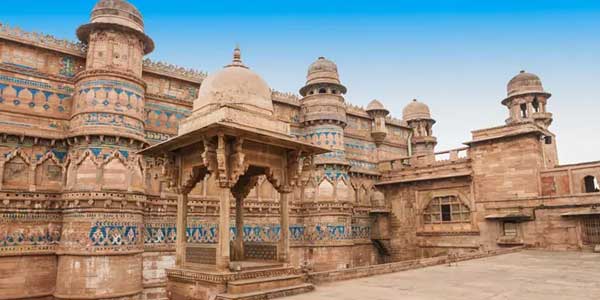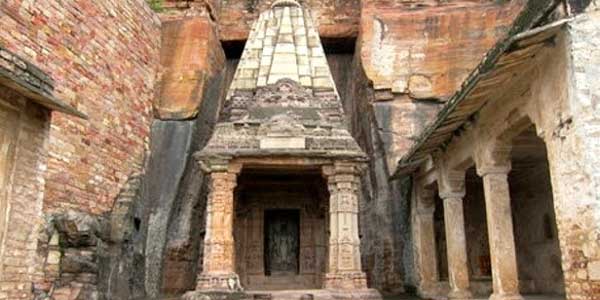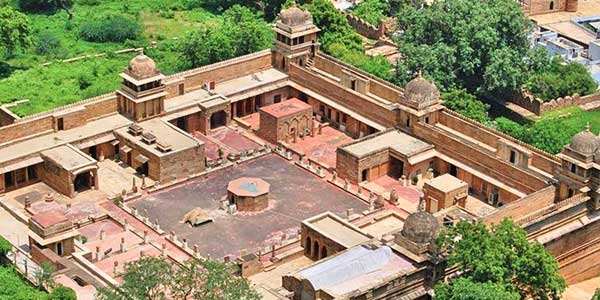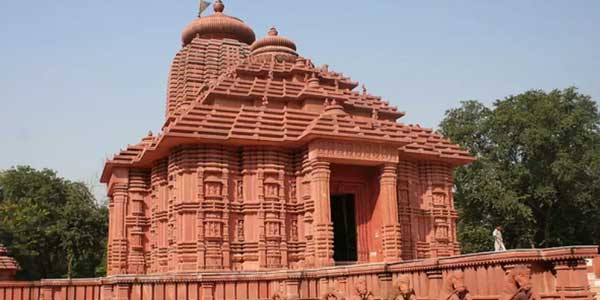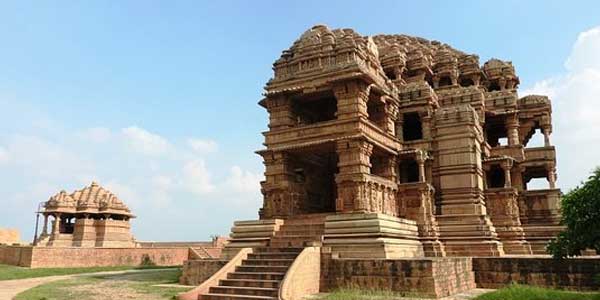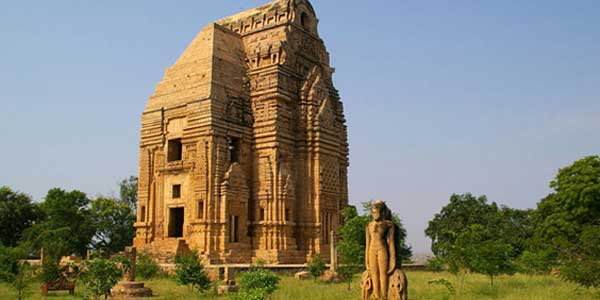
Surya Mandir in Gwalior
Surya Mandir or Sun Temple is a Hindu temple in the historic city of Gwalior, Madhya Pradesh. Situated near the Residency at Morar, Sun Temple is one of the most famous heritage monuments in Gwalior and also one of the top places to visit in Gwalior.
Dedicated to Sun God, Surya Mandir is one of the popular pilgrimage places in Gwalior. Also known as Vivaswan Temple, Surya Mandir was constructed in 1988 by G.D Birla, the famous industrialist of India. The Surya Mandir is a new one in the list of the grand historical monuments of Gwalior and it does not even have any historical significance.
The temple is the replica of the famous Sun Temple of Konark in Orissa. The temple is one of the architectural wonders and has a beautiful sculpture of Lord Surya in the temple premises. The temple building is created in the shape of chariot pulled by seven horses each one depicting seven days of the week. One can also see total 24 wheels representing the 24 hours of a day. There are total 365 idols of Gods around the temple for 365 days in a year.
The contrasting color combination of the exteriors with the interiors of the temple is another fantastic feature. The exterior is built of red sandstone whereas the interiors are made of marble. This gives a more exotic look to the temple. The exteriors of the temple are also decorated with numerous stone carved images depicting various Hindu gods. The temple is located in a serene ambience and a well-maintained garden within the temple premises is very attractive. This holy temple draws the locals and tourists alike who gather here to render their prayers.
Gwalior Monuments
Gwalior Monuments lies to the south of Agra, about 122 km. A historic town renowned for its ancient and magnificent forts and palaces, Gwalior is home to many tourist attractions worth visiting when on a tour of Madhya Pradesh to Gwalior. Gwalior's temples and museums are among the city's many tourist attractions.
Gwalior occupies an significant role in the medieval history and struggle for independence in India. The town is also renowned for being home to many of the country's respected colleges and schools. Rich in cultural heritage and architectural marvels, Gwalior was placed under the control of many dynasties of the Pratiharas, Kacchwahas and Tomars heroic Rajput clans. This city has preserved its rich cultural heritage, expressed marvelously in its palaces , temples and museums.
The Gwalior Monuments and Museums attract numerous visitors from every corner of the globe to Gwalior. Gwalior Monuments and Museums are not only buildings in stone and brick, but they are the living examples from which we can go back in time and discover India's past.
Gwalior India's Monuments in and Museums are outstanding examples of the glorious architectural heritage of the past. For decades, the remains of such buildings tended to fascinate art lovers and historians. The Monuments and Museums in Gwalior, worldwide revered for their architectural splendour, owe their execution to the imagination of great rulers of the past Those who dared to push their thoughts to the very limits of human thinking. From the pages of their history book each of these monuments narrates a distinctive tale. Gwalior museums houses a rich and varied array of ancient sculptures, artifacts, and buildings.
Built on steep sandstone ground, Gwalior Fort is the most exemplary among the Gwalior Monuments and Museums. Another famous monument inside the walls of the Fort is Gujari Mahal from the 15th century – designed as a symbol of Raja Mansingh Tomar 's love for his Gujar wife, Mrignayani. Constructed between 1486 and 1517 by Raja Mansingh, Mansingh Palace is yet another wonderful architectural splendor. The Jai Vilas Palace-current residence of the Scindia family-is also popular among the monuments and museums in Gwalior. Constructed to show a fine mix of Tuscan and Corinthian architectural styles, this palace is one of the city's main attractions.


